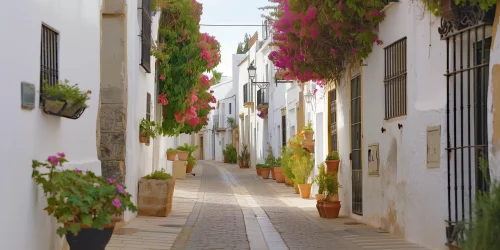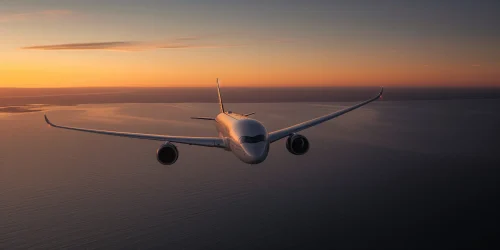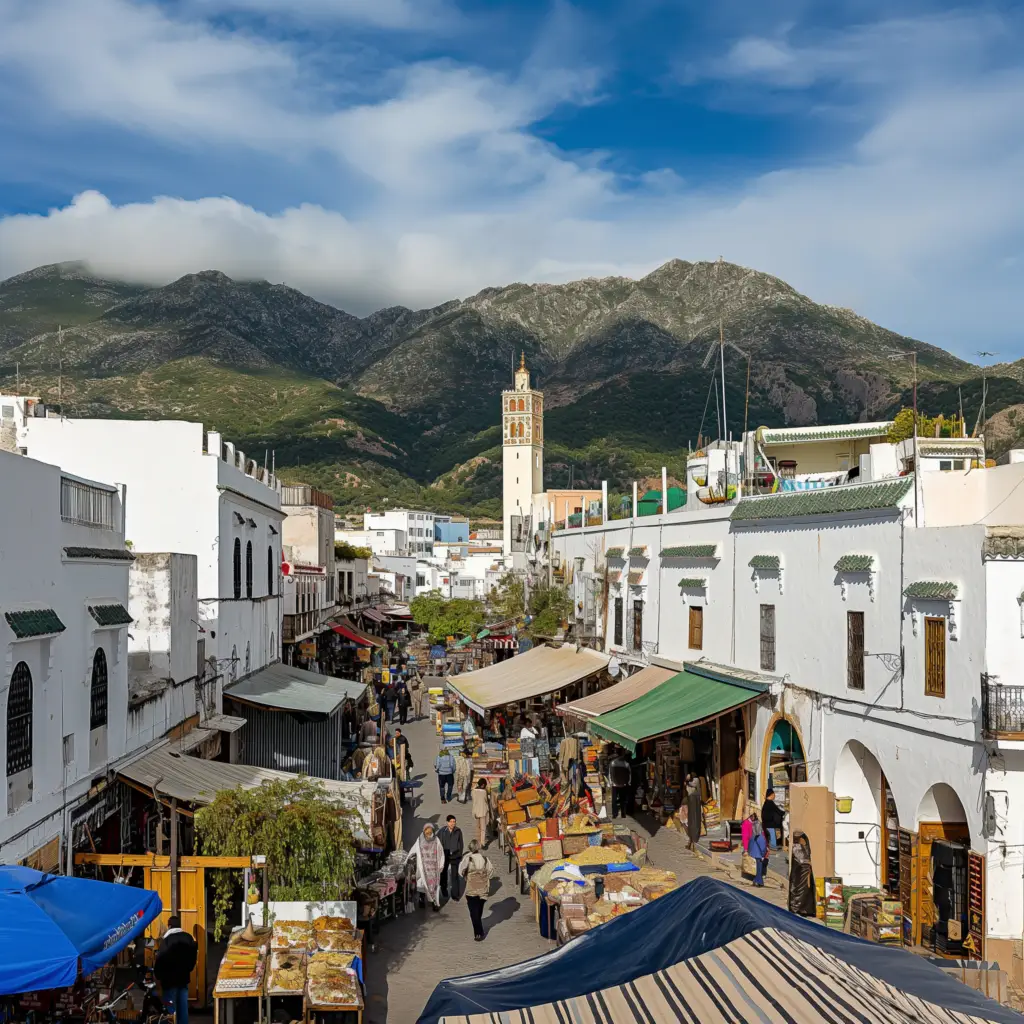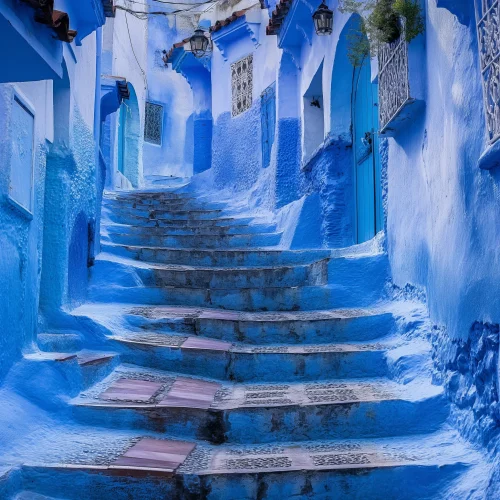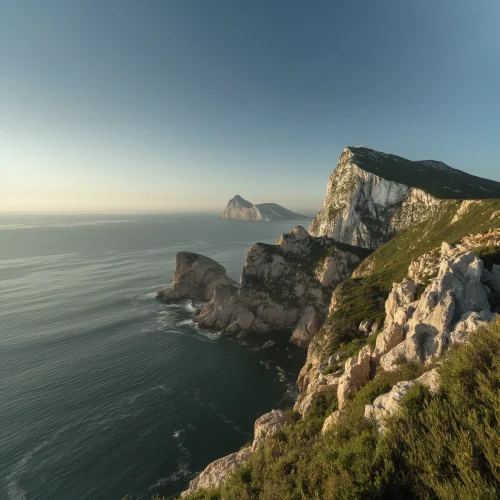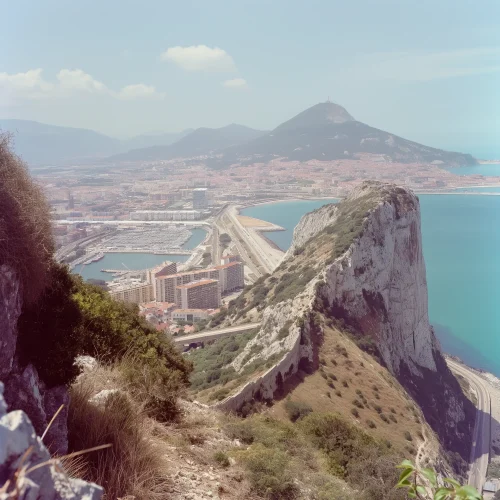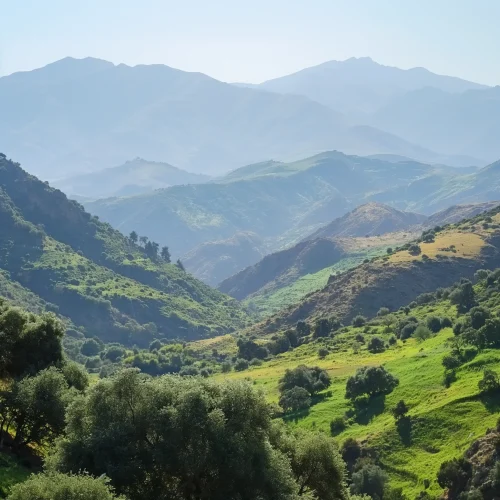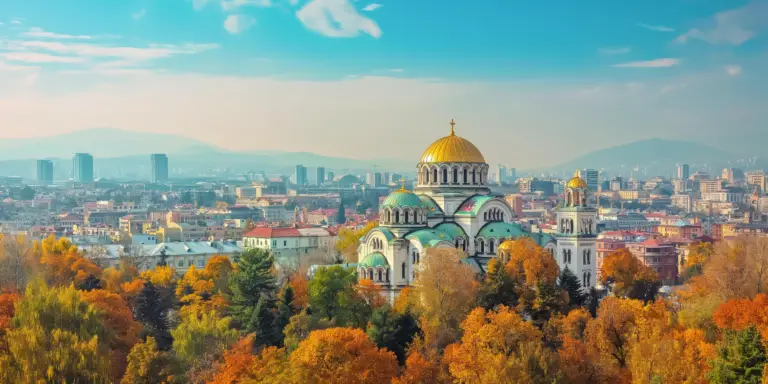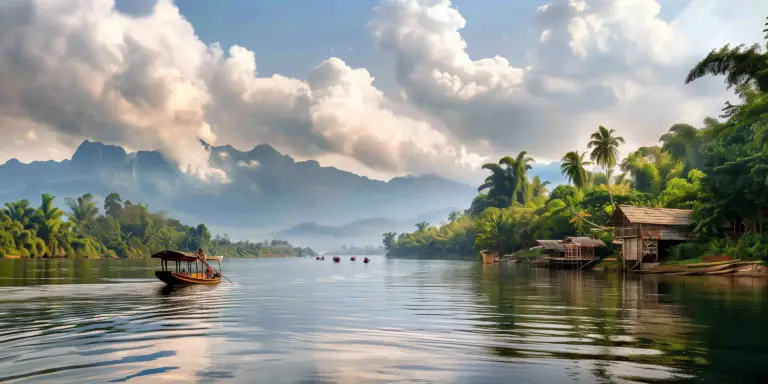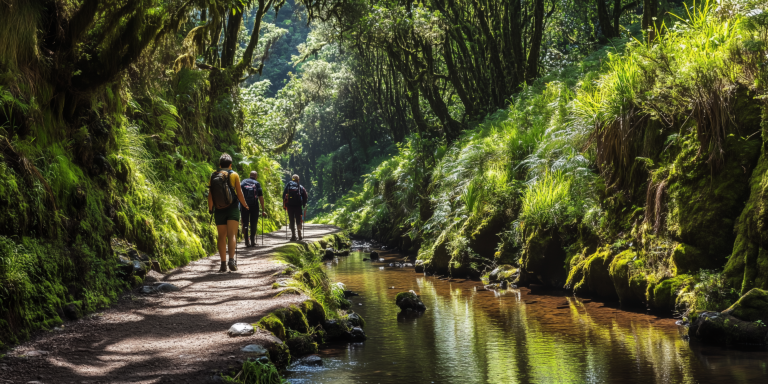Tetouan, situated in the northern part of Morocco near the Mediterranean Sea, serves as a unique cultural crossroads with a rich history influenced by various civilizations, including Berber, Arab, and Spanish. Known as the “White Dove” of Morocco, the city is famed for its brilliant white buildings that shine under the sun, nestled against the dramatic backdrop of the Rif Mountains. The Spanish influence is particularly notable due to Tetouan’s status as the capital of the Spanish protectorate in Morocco during the early 20th century, which has left a lasting architectural and cultural impact.
The heart of Tetouan is its UNESCO-listed medina, a well-preserved historical treasure that is less touristy than those in larger Moroccan cities. This labyrinth of narrow streets and alleys is lined with markets, mosques, and artisan workshops, where the traditional crafts such as leatherwork, jewelry, and especially intricate woodwork and mosaic tiling (zellij) are practiced much as they have been for centuries. The medina also hosts the Royal Palace and several important educational and religious schools, emphasizing the city’s role as a center of Islamic learning and theology.
Beyond its historical and cultural attractions, Tetouan serves as a gateway to the Mediterranean coast, particularly the nearby beaches of Martil, Cabo Negro, and M’diq which are popular among both locals and tourists. The city’s vibrant arts scene, highlighted by the Tetouan School of Arts, one of the oldest art schools in Morocco, reflects its dynamic cultural life. With its rich heritage, stunning scenery, and artistic vitality, Tetouan offers a compelling blend of tradition and modernity, making it a captivating destination in Morocco.

